We work with all Insurance companies


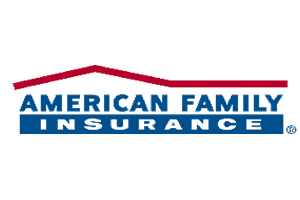
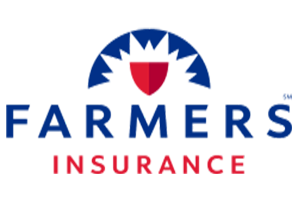

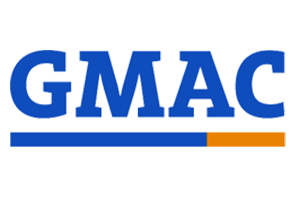
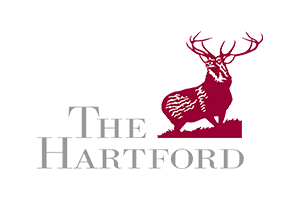






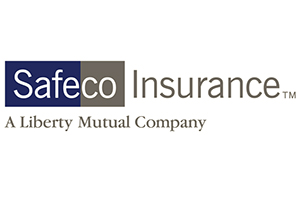
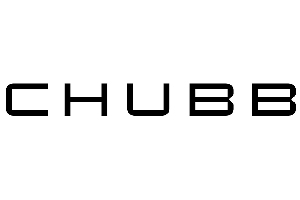









Smoke Damage Restoration
Fire damage can wreak havoc, but smoke damage can be just as damaging! With Rapid Dry Restoration, you have a trusted partner. Serving Northern Colorado for over 25 years, we understand the unique challenges posed by fire incidents, providing specialized smoke damage restoration services. Whether you're in Windsor, Fort Collins, Timnith, Loveland, Berthoud, Greeley, Longmont, Broomfield, Westminster, or any community in Northern Colorado, our certified experts are dedicated to mitigating smoke damage and restoring your property to its pre-loss condition with precision and care.
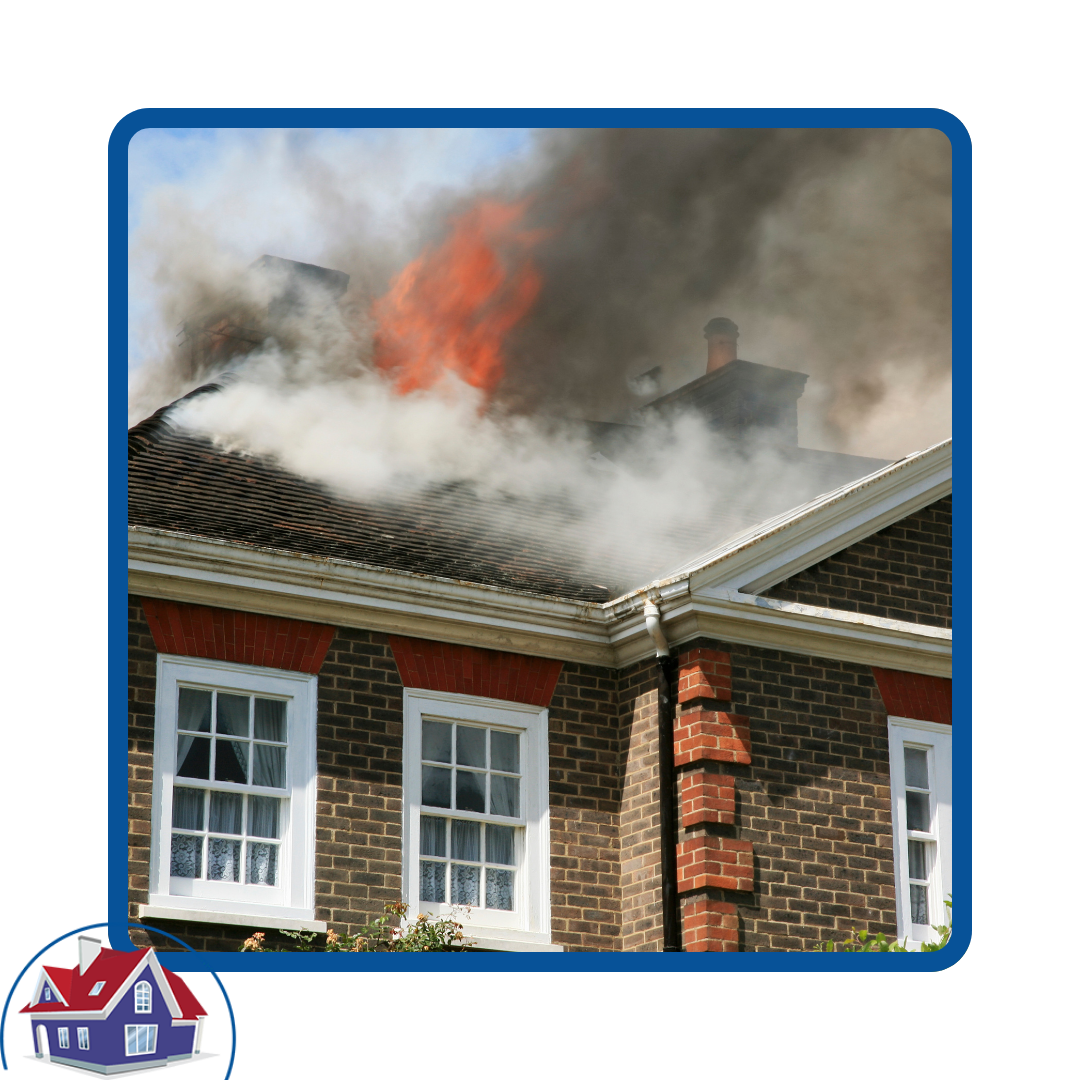
Types Of Smoke Damage We Help With
Smoke damage can be devastating to a home, often times even more damaging than the fire itself, due to how easily it spreads. If your home has been damaged by smoke damage, give us a call! We're here to help!
Types of smoke damage we help with:
- Wet Smoke Damage: Wet smoke occurs in slow-burning fires with low temperatures. This type of smoke damage is typically the most difficult to clean because it tends to be sticky and thick, adhering to all surfaces and objects. Additionally, wet smoke has a strong odor, which makes the cleanup process more time-consuming and involved.
- Protein Smoke Damage: Besides tenant smoke, kitchen fires are another common source of protein smoke damage. This type of damage occurs when food burns, and the resulting smoke clings to painted surfaces or wood, potentially causing permanent discoloration.
- Dry Smoke Damage: In contrast to wet smoke damage, dry smoke damage occurs in high-temperature fires. This type of damage produces an extremely fine, powdery residue, which is generally easier to clean than most other smoke types. However, despite its seemingly simple cleanup, if the dry smoke settles on porous surfaces, it can become trapped within the tiny holes, making the cleanup process more challenging.
- Petroleum Smoke Damage: This occurs when an oil-based substance burns, producing a darker smoke that adheres to all types of materials, often staining the surfaces. Cleaning petroleum smoke damage typically requires a solvent designed to cut through grease.
- Tenant Smoking Damage: The most common type of smoke damage is caused by residents who smoke. In multifamily buildings, contractors and landlords frequently deal with odors from cigarettes or marijuana. This type of smoke damage can range from unpleasant odors to significant surface damage. Remediation typically requires intensive cleaning.
Three Steps to Deal with House Smoke Damage
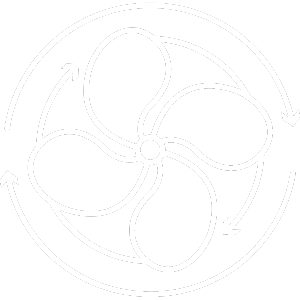
Ventilate
Open all windows and doors to allow fresh air to circulate throughout the house. Use fans to help move the smoke-filled air out and bring in clean air.
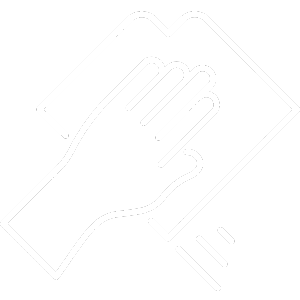
Clean Surfaces
Wipe down all surfaces, including walls, ceilings, and furniture, with a mixture of water and mild detergent. For tougher stains, use a specialized smoke damage cleaner. This initial cleaning can help reduce surface soot and odor.

Assess Damage
After ventilating and cleaning, assess the damage to determine if professional help is needed. For stubborn odors, stains, and to ensure thorough cleaning and restoration, contact Rapid Dry Restoration. Our experts have the tools and experience to handle severe smoke damage effectively.
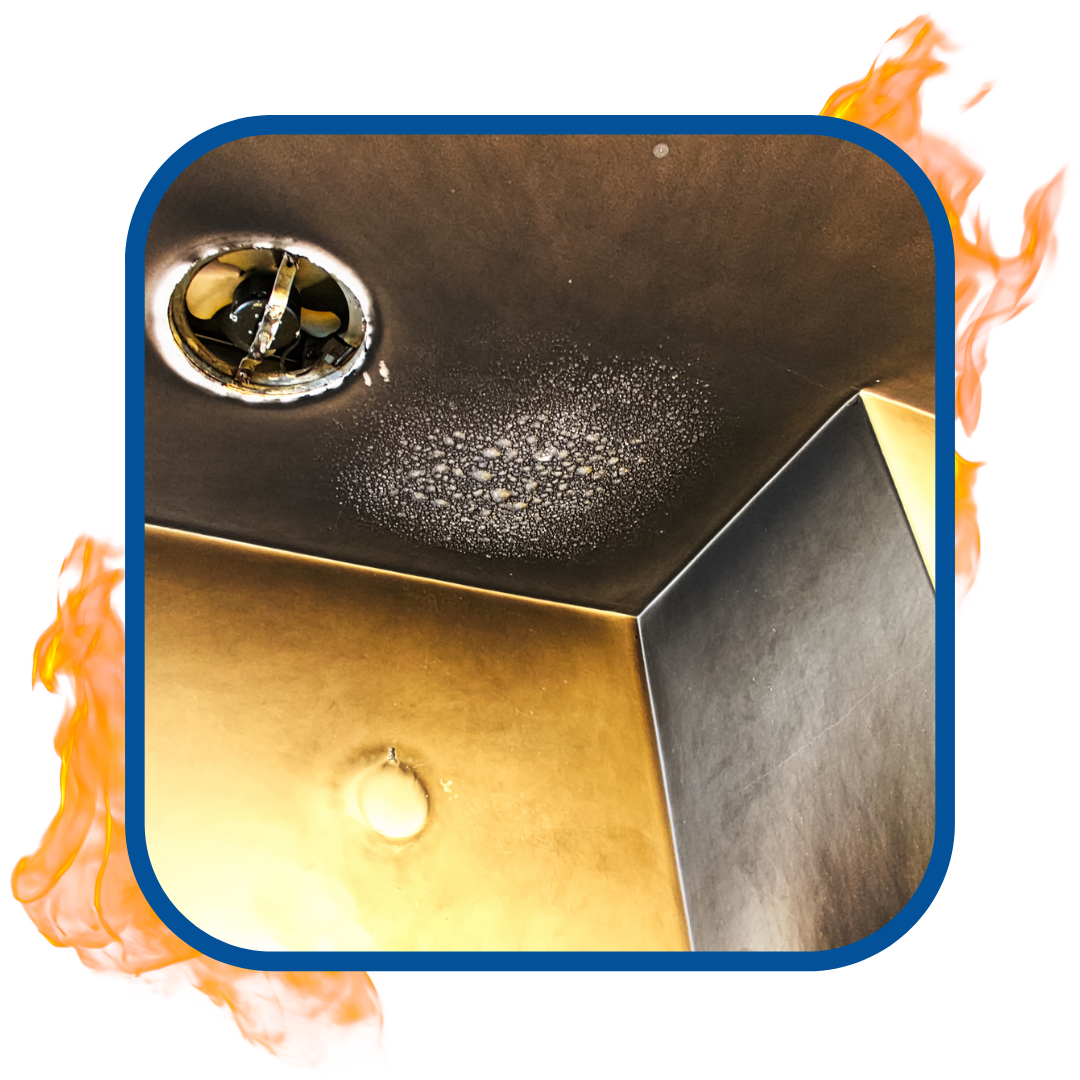
Smoke Damage Restoration Services
When your home faces the aftermath of a fire, count on Rapid Dry Restoration for expert smoke damage restoration services. Our certified professionals conduct a thorough assessment, identifying areas affected by smoke residues. With advanced restoration techniques and a commitment to quick and effective solutions, we ensure your property is restored, and lingering smoke damage is addressed. Other services we offer:
Risks of Leaving Smoke Damage Untreated
Health Issues
Smoke residue contains harmful chemicals that can linger in the air and on surfaces, leading to respiratory problems, eye irritation, skin issues, and other health complications, especially for individuals with asthma or allergies.
Structural Damage
Smoke and soot can corrode and deteriorate building materials over time. Leaving smoke damage untreated can weaken walls, ceilings, and other structural elements, leading to costly repairs down the line.
Persistent Odors
Untreated smoke damage leaves behind persistent and unpleasant odors that can permeate furniture, carpets, and even the walls. These odors can be difficult to eliminate without professional cleaning and restoration.
Home Depreciation
Smoke damage can significantly reduce the value of your property. Potential buyers may be deterred by the presence of smoke odors and visible damage, making it harder to sell your home at a fair price. Cigarette & Drug odors will vastly affect home value.
Mold & Mildew
Smoke damage often comes with water damage from firefighting efforts, creating a perfect environment for mold and mildew growth. This can lead to further health issues and structural damage if not addressed promptly.
Electrical Hazards
Our Smoke Damage Restoration Process in 4 Steps
We make the process of recovering from smoke damage easy for homeowners. Our 4-step approach ensures a systematic and efficient restoration, bringing your home back to its pre-loss condition with minimal hassle.Dealing with and repairing a home for smoke damage involves a series of crucial measures. Here are the first steps:
Step 1
Emergency Response and Safety Assessment:
The immediate priority is to ensure the safety of occupants and assess the extent of the damage. Rapid Dry Restoration provides a 24/7 emergency response team to mitigate immediate dangers, such as structural instability or health hazards, and evaluate the overall safety of the property.
Step 2
Secure the Property:
After ensuring safety, it's essential to secure the property to prevent further damage from weather, vandalism, or unauthorized access. Rapid Dry Restoration takes measures to board up windows, doors, and other openings to protect against external elements and secure the premises.
Step 3
Thorough Damage Assessment:
Certified experts from Rapid Dry Restoration conduct a detailed assessment of the fire and smoke damage. This includes evaluating structural integrity, identifying areas affected by smoke and soot, and assessing the extent of damage to personal belongings. This thorough evaluation forms the basis for a comprehensive restoration plan.
Step 4
Initiate Mitigation Measures:
Rapid Dry Restoration initiates immediate mitigation measures to prevent further damage. This may involve removing standing water from firefighting efforts, addressing structural vulnerabilities, and implementing measures to limit secondary damage, such as mold growth. Quick and effective mitigation is crucial to the overall restoration process.
Don’t Just Take Our Word For It! Real Customers, Real Reviews!



